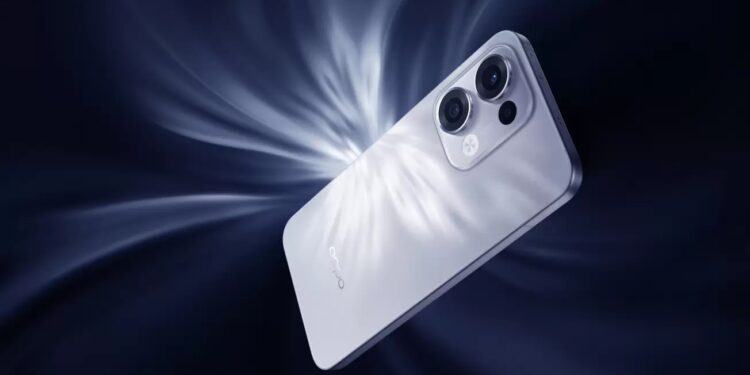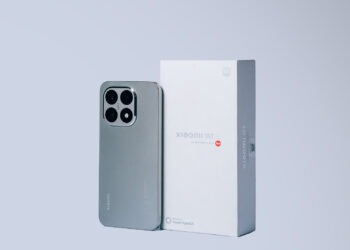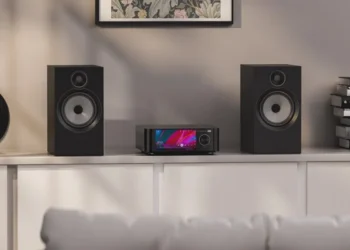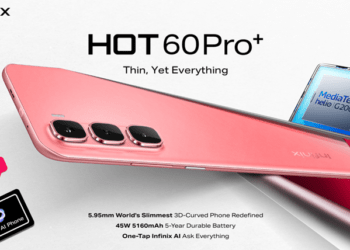As the pace of smartphone innovation slows, a new industry question is emerging: how do we extend the life and value of the devices we already have?
Over the past two years, South Africa’s smartphone market has defied global trends of stagnation. In 2023, shipments surged by 29%, and this momentum continued into 2024, with Canalys reporting a further 9% growth across Africa, along with a strong performance locally. The rebound was fuelled by pent-up post-pandemic demand, widespread 4G and 5G network rollouts, and a surge in competitively priced device launches.
However, behind this recovery lies a deeper shift. Consumers are re-evaluating what matters in a smartphone. While design and new features still influence purchase decisions, they are no longer the primary drivers of purchasing decisions.
Increasingly, South African users are prioritising durability, battery life, and aftercare. This reflects not just economic caution, but a broader cultural shift, one that’s shaped by rising awareness of electronic waste and a growing expectation that devices should last longer, be easier to repair, and remain useful well beyond their first life cycle.
Globally, more than 60 million tonnes of electronic waste are generated annually, with smartphones accounting for a significant portion of this total. The short upgrade cycles that defined the 2010s are no longer viable, economically, environmentally, or ethically. In response, international regulators are advancing Right to Repair legislation, and consumers are pushing for greater transparency and extended product support. While South Africa has yet to adopt formal repair-friendly policies, these global pressures are setting the direction of travel.
Durability, once considered a hardware feature, has become a strategic lever. It speaks to how brands adapt to evolving expectations, shifting economics, and the operational reality of longer ownership cycles. OPPO has been deliberately building toward this shift, investing in a circular ecosystem that integrates robust design, energy efficiency, accessible repair infrastructure, and end-of-life recovery. It’s a model that reflects resilience, relevance, and long-term value.
Circularity is not something OPPO adds after the fact; it is embedded throughout the product lifecycle. Each device undergoes over 150 reliability tests before release, and battery design is a key focus. The company’s Battery Health Engine is engineered to preserve up to 80% of capacity after 1,600 full charge cycles, significantly extending device performance beyond typical industry expectations.
Support doesn’t end at the point of sale. OPPO operates more than 2,500 service centres globally, with a growing footprint in South Africa. Repairs are carried out by trained technicians using original components, giving customers a reliable and cost-effective alternative to replacement. The ecosystem extends further. Trade-in programmes, refurbishment processes, and certified recycling channels are all part of the brand’s operational strategy. To date, over 1.3 million devices have been recycled. Newer models, such as the Find X5 series, ship in packaging that has reduced plastic use by 95% and includes biodegradable and recycled materials.
These interventions align with the organisation’s longer-term climate goals. OPPO has committed to achieving carbon neutrality across its global operations by 2050. As sustainability becomes a threshold issue for regulators, investors, and consumers alike, credible action on climate is no longer a differentiator; it’s a requirement.
For South African consumers, many of whom are upgrading from feature phones or entering the smartphone market for the first time, this convergence of quality, aftercare, and sustainability matters more than ever. While affordability has traditionally shaped purchasing decisions, durability now offers a more compelling form of value: one that includes trust, reliability, and responsible design.
The next wave of leadership in the smartphone industry won’t come from marginal hardware improvements or faster refresh rates. It will come from systems designed to serve users longer, reduce environmental burden, and adapt to real-world conditions. As operators begin to sunset 2G and 3G networks and digital access expands nationwide, the opportunity is clear: longevity isn’t a constraint, it’s an advantage.
The value of a smartphone no longer ends at the point of purchase. It extends through how the device is maintained, repurposed, and eventually reintegrated into the ecosystem. At OPPO, the afterlife of a device is not peripheral; it’s a foundational pillar of both product and sustainability strategy, designed to meet the demands of a more conscious and connected market.



































